Mid Century Modern Vases & Ceramics
From the mid-1940’s through the late-1960’s, consumer culture underwent a revolution that would have lasting effects on the way we buy, sell, and interact with the world around us.

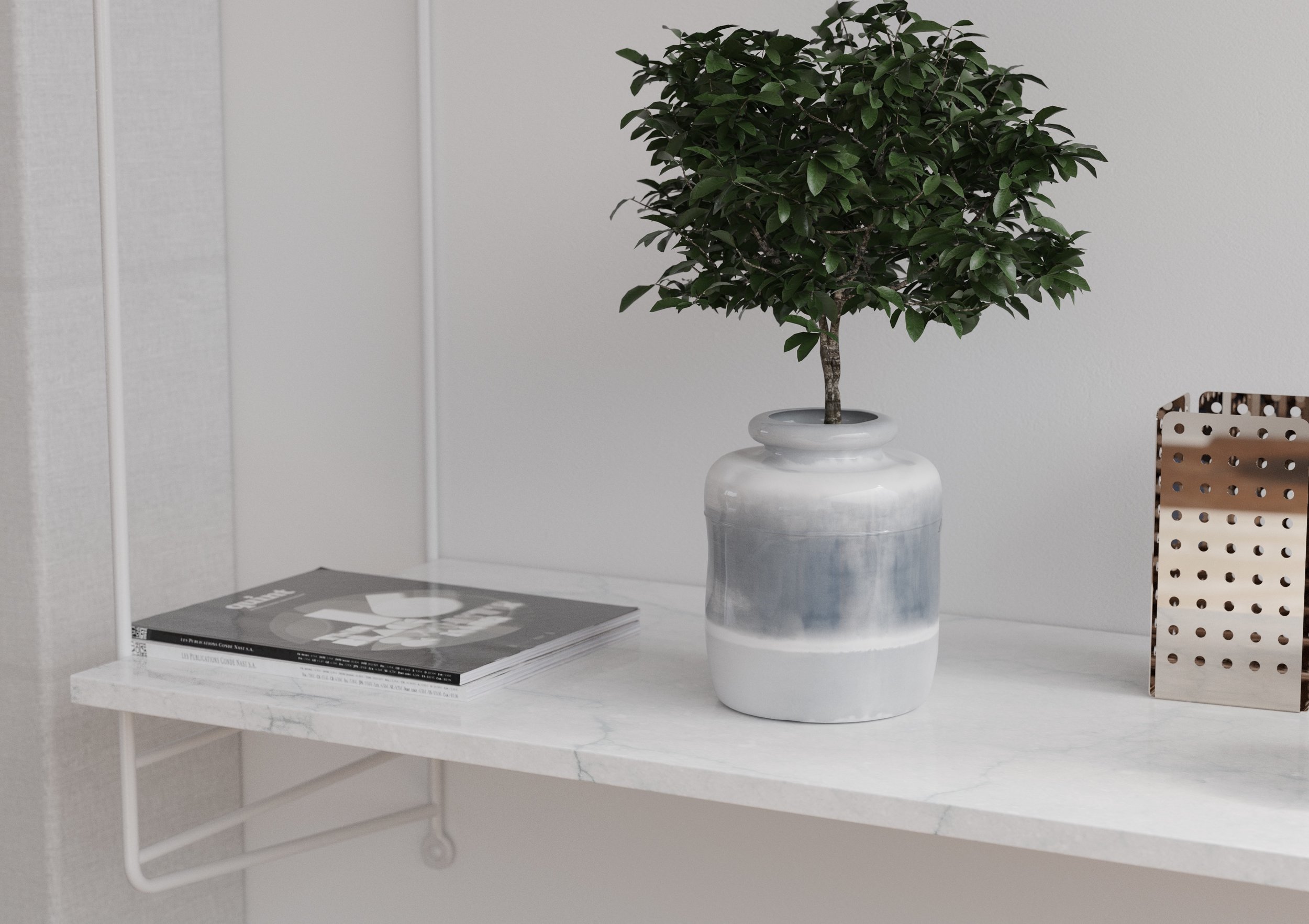
Developments in mass-production had allowed for companies to produce thousands of products every hour, enabling American and European people to buy stylish and elegant goods that they would have never been able to afford in the past. Luxury was no longer just for the wealthy, and people everywhere could have nice-looking things.
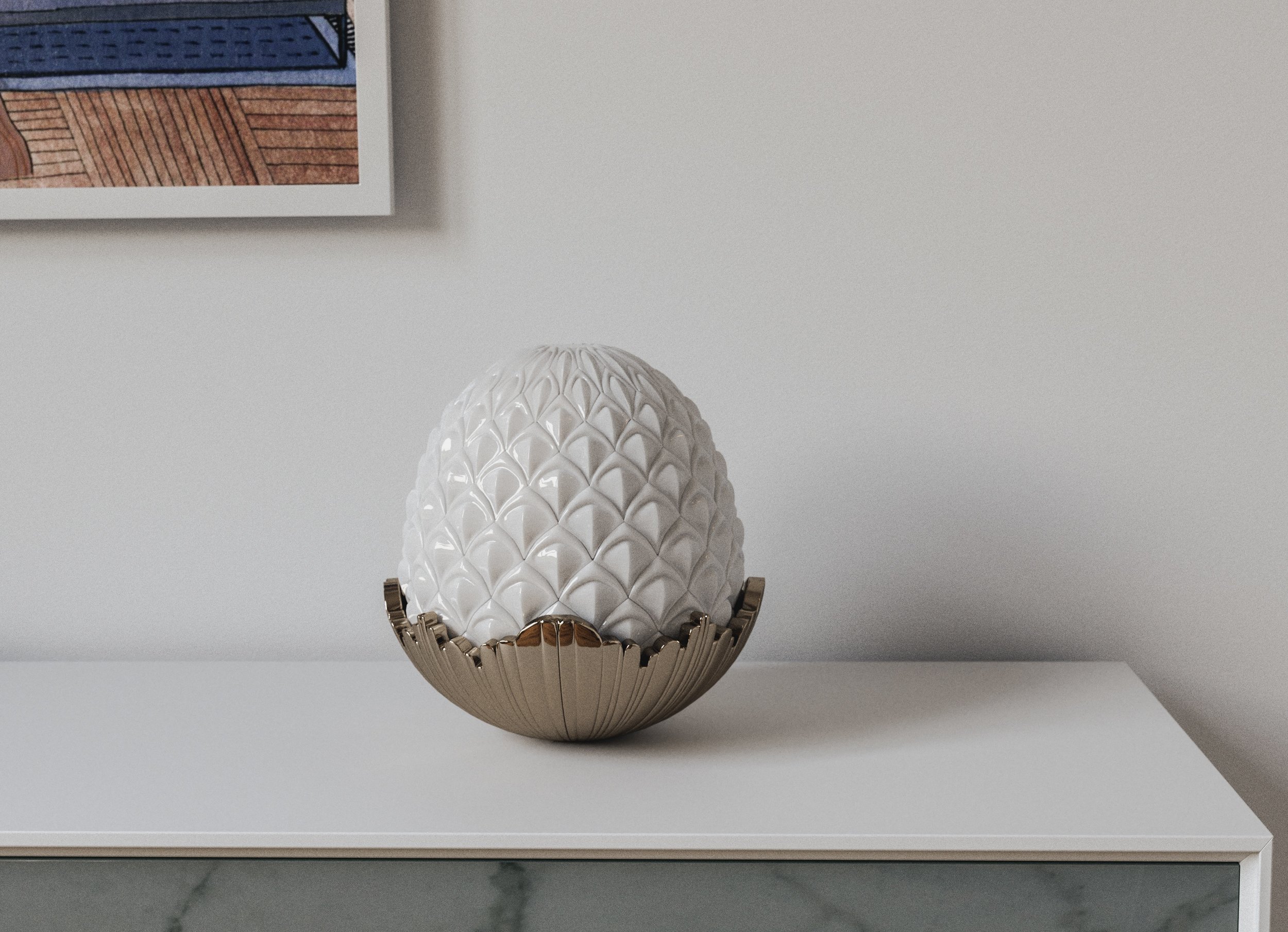
Mid Century Modern Vases Overview
Whereas the general public was gravitating toward the exciting and brightly colored ceramics being churned out by factories, a number of experts working with clay retreated to their studios in order to focus on producing quieter, more serene vessels.
While we can see the influence of mass-culture in some mid century modern vases, many artists at the time pulled their inspiration and influence from nature, instead.
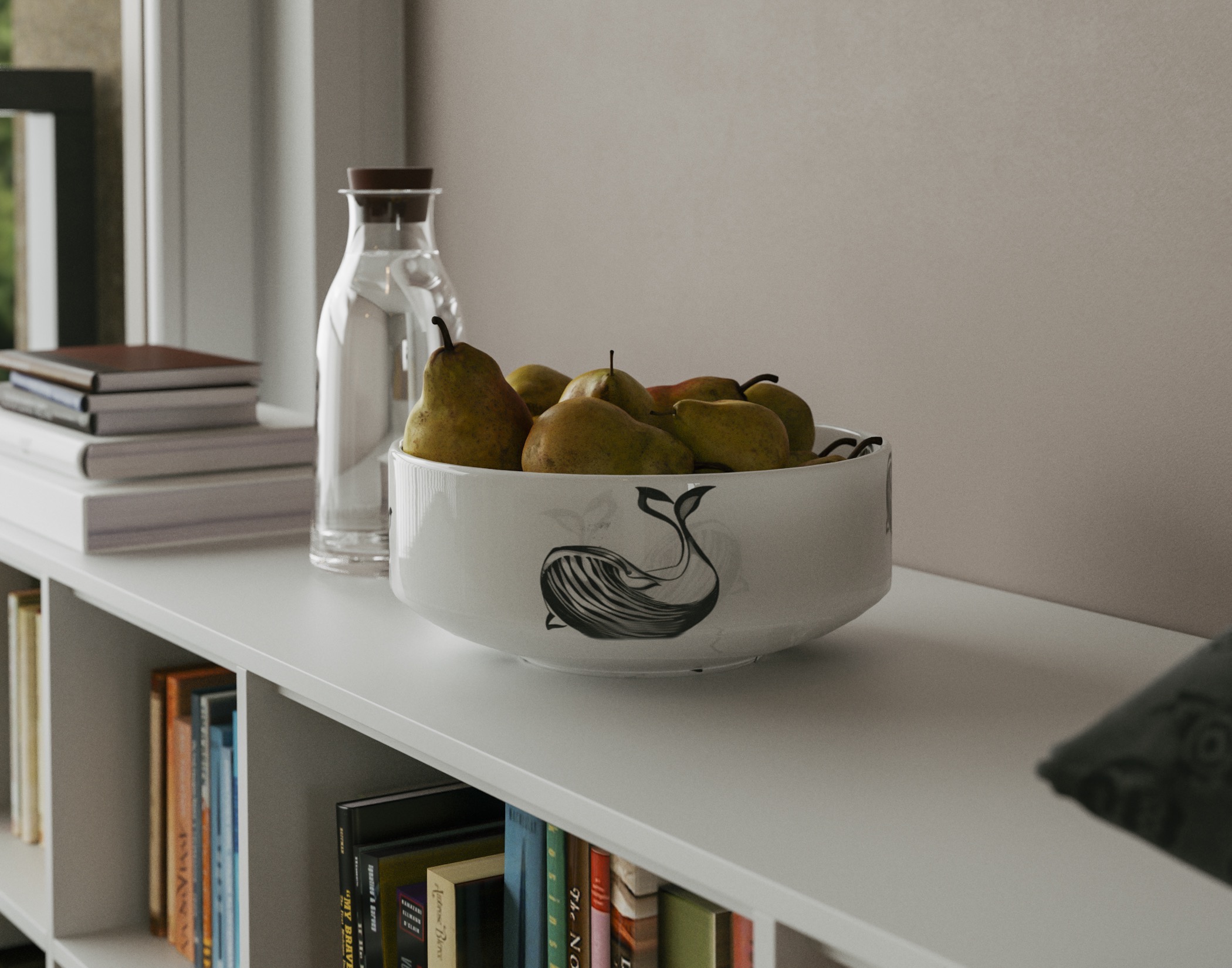
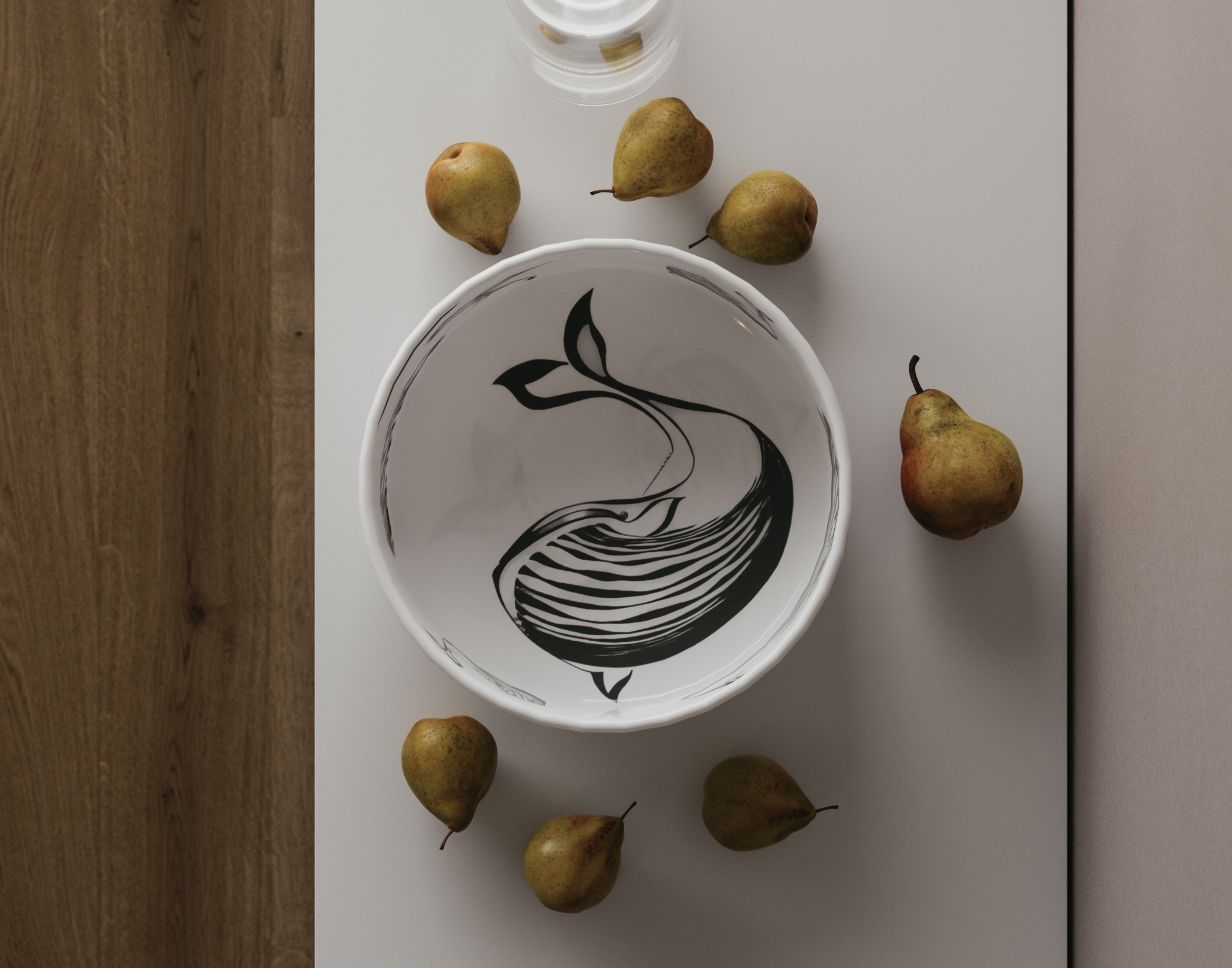
Mid Century Modern Vases Process + Design
The mid-century period, after all, was a time that focused on manmade surfaces. Cars were becoming glossier, packaging was brightly-colored and people wanted their appliances to be shiny and new.
The modernists working in ceramics, however, did not think that colorful and artificial surfaces necessarily made things better. Instead, they took inspiration from Asian cultures of the past, appreciating the inherent qualities of the clay rather than trying to completely gloss over them.
Similar to the Asian ceramicists they admired, those working during the mid-century period believed that the clay or glass they used contained a kind of “truth” within it and that it was the artist’s job to highlight whatever that truth might be.
While the factory-produced vessels sold in department stores clashed rigid, geometric shapes against nuclear, candy-colored glazes, these artists wanted their work to reflect the organic forms and patterns found within the natural world.
They utilized raku firing, muted tones and shapes which reflect the forest and water to emphasize the vessel’s connection to nature.
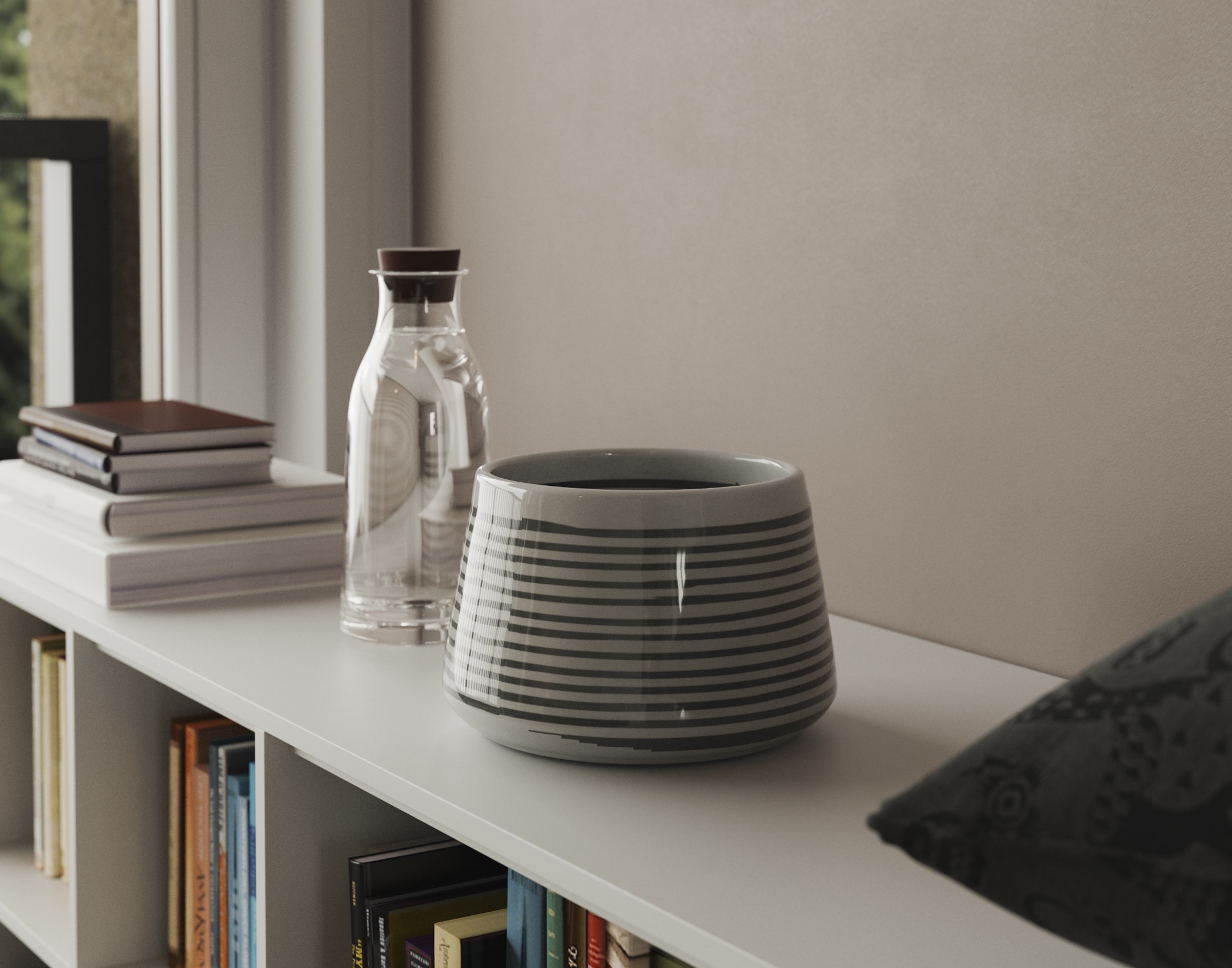
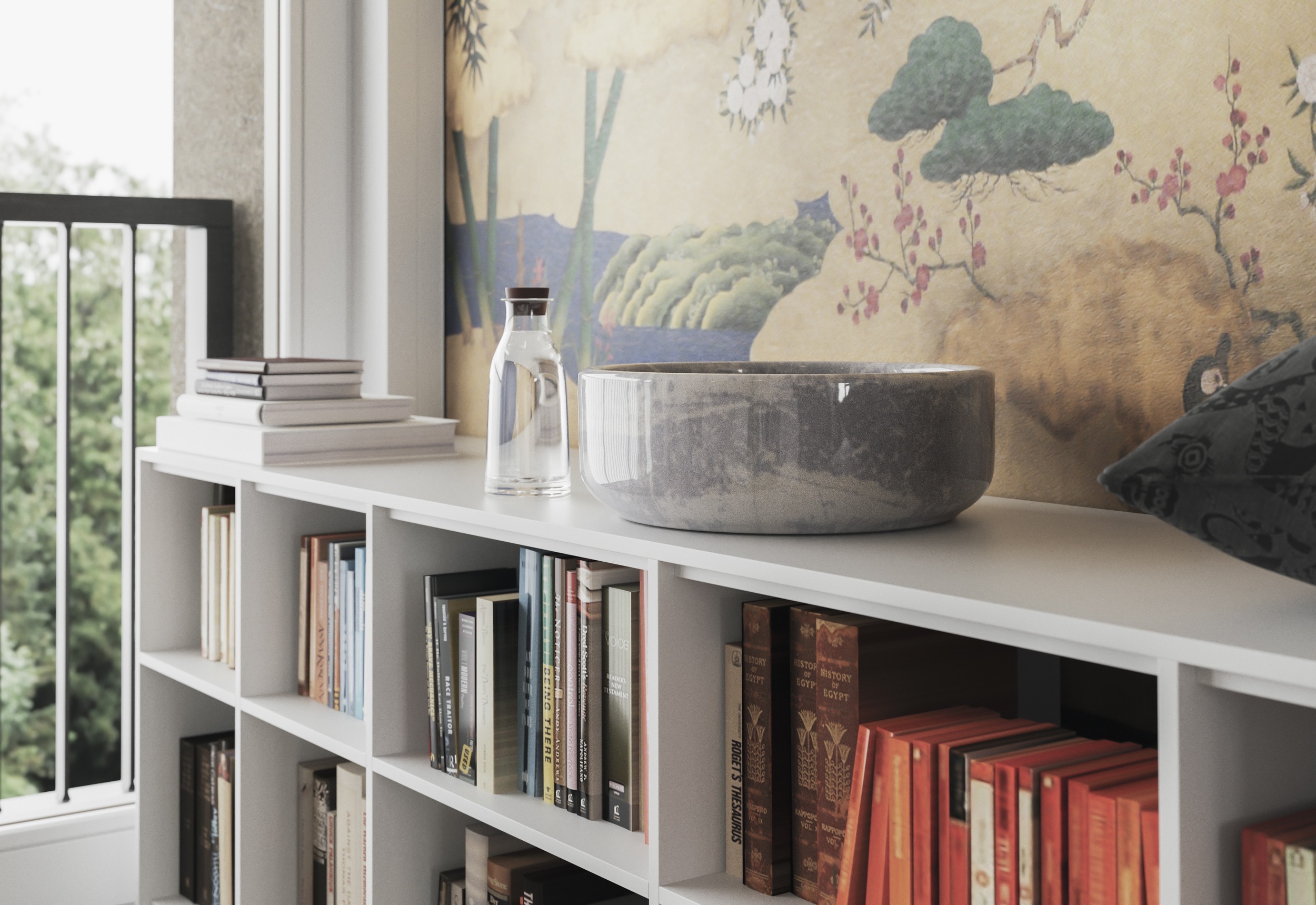
Identifying MidCentury Potter
Pottery-lovers often seek out mid-century pieces to add to their collection. While the influence of these potters reached so far that it can be hard to tell whether a piece is truly mid-century, there are certain distinguishing characteristics.
The best way to recognize whether or not a vessel is handmade it to look for any identifying marks printed or stamped on the surface of the work. Many mid-century potters created a custom stamp or signature, used to label their vessels as authentic. Taking a look on the bottom of the piece or around the inside of the vessel’s opening is a good place to start.
This can give you information about the name of the maker and the year they made it. If you’re looking through antique shops and art galleries for mid-century ceramics, ask the person working there if they know anything about pottery from that era and if they can help you find some.
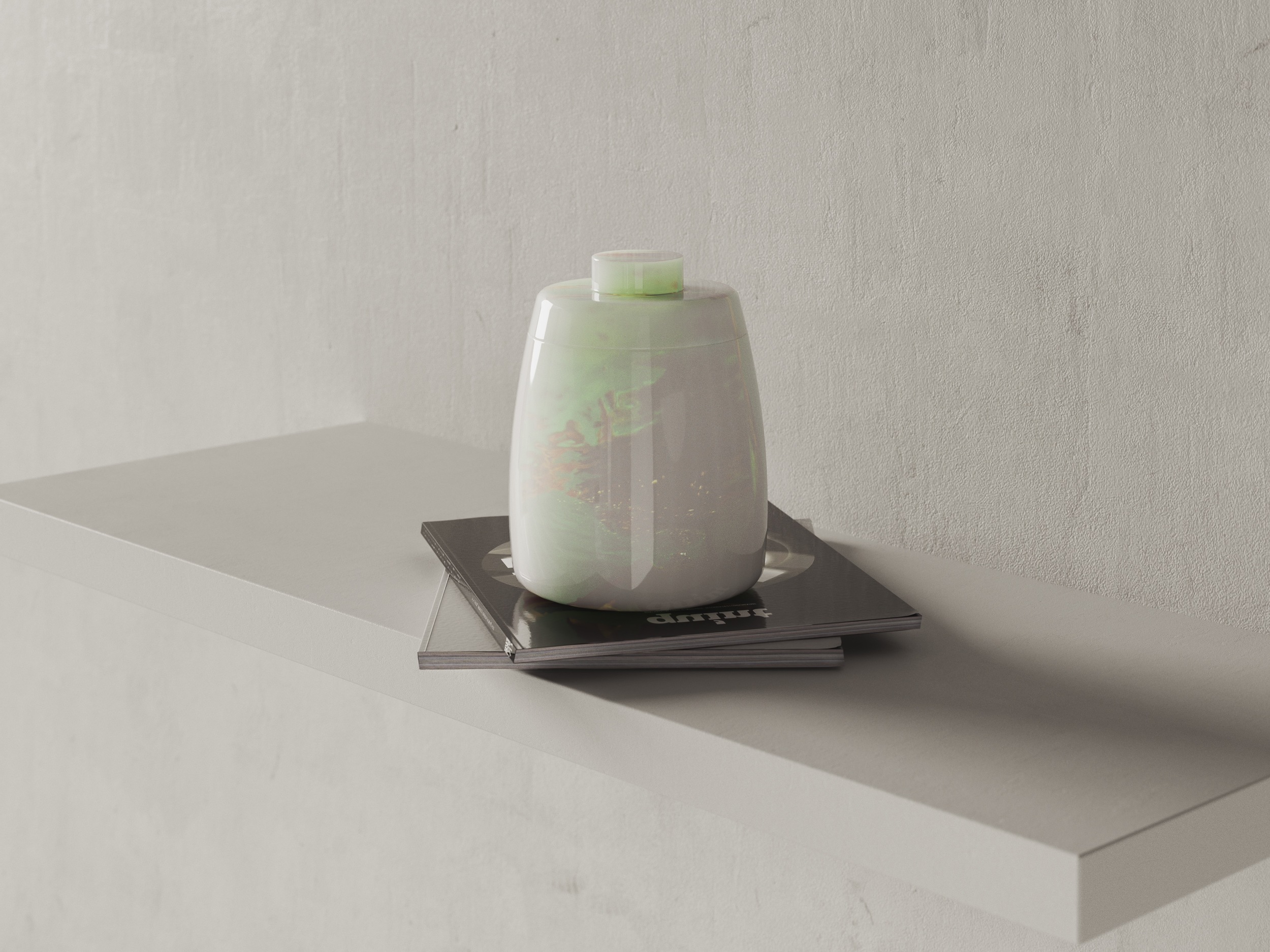
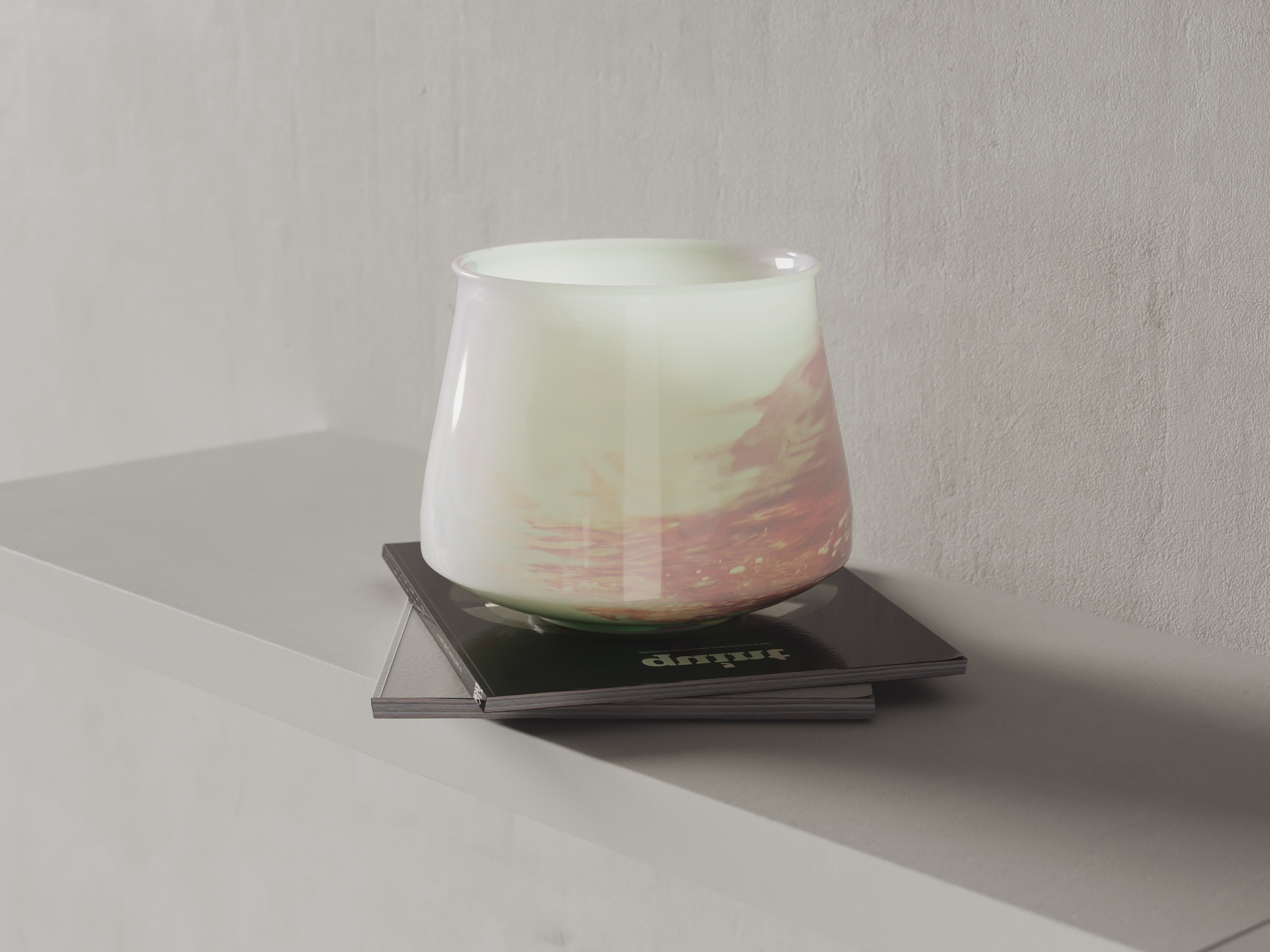
MirrorCoop’s Collection
One perk of being in the design community is that creatives are always approaching you with new, interesting ideas. The ceramics line you see here grew out of one of those conversations.
A friend of mine who works as a glass artist mentioned that she had been doing a lot of creative work with ceramics.
She wanted to know if I was interested in a bespoke piece or two. Interested, I took up here offer and we designed and created the pieces you see at your left.
I’ve always been such a fan of the MidCentury era, that we took our design cues from the 1950s. The first editions of each bowl have already sold, but I’m open to making more. If you are interested, as always, email me.
polkaros’ Collection
In researching this article, I came upon many very beautiful ceramic studios. Too many to mention, but you are one Google search away from being really amazed. One shop in particular whose styling I just love is Polkaros, run by Ros Lee and based in Tokoyo.
For as long as I can remember the Japanese aesthetic has been one of my favorites.
With its simplicity and emphasis on method in both production and final product, Japanese work is very high quality. These ceramics captured the beauty and simplicity of that design aesthetic, so I thought I’d share some of my favorites with my friends, clients, and colleagues who read the website.
Favorite #1 Fiji
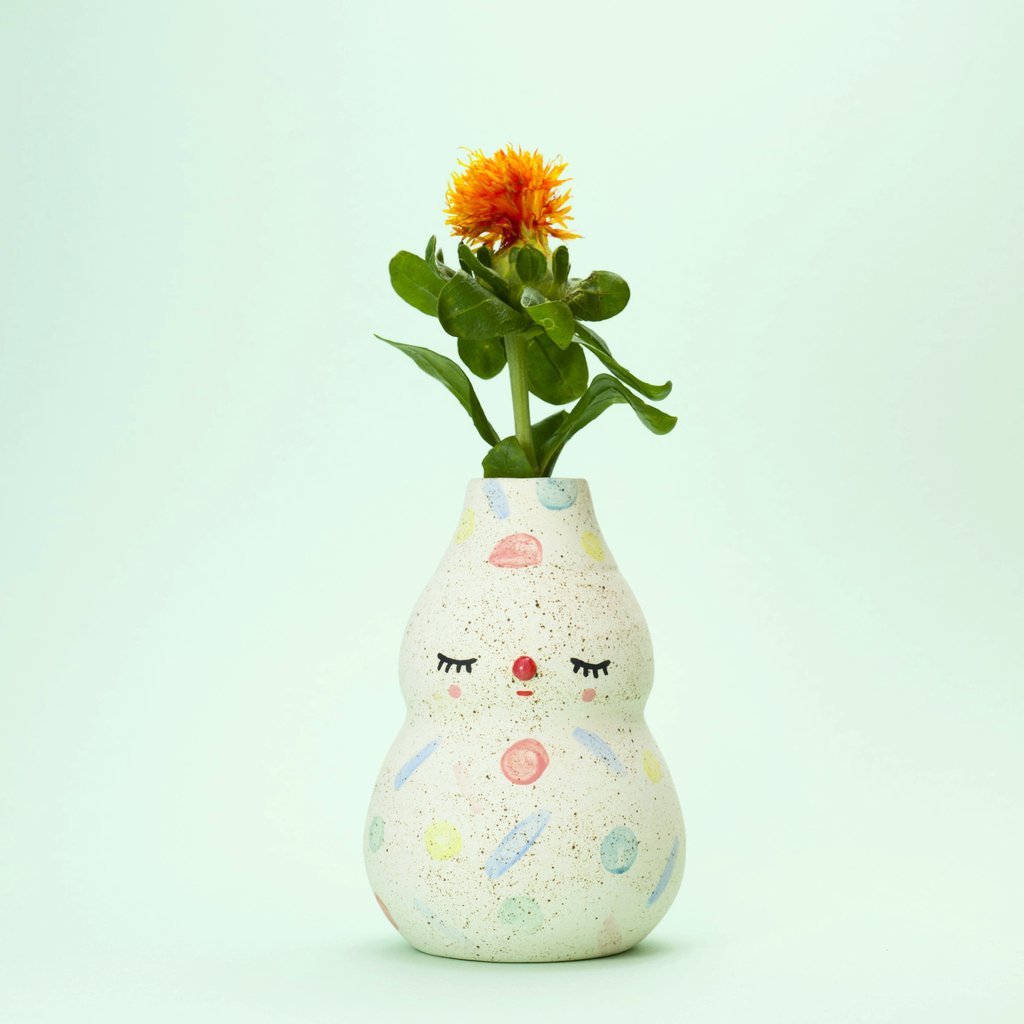
Favorite #2 Minä

Favorite #3 Yunomi
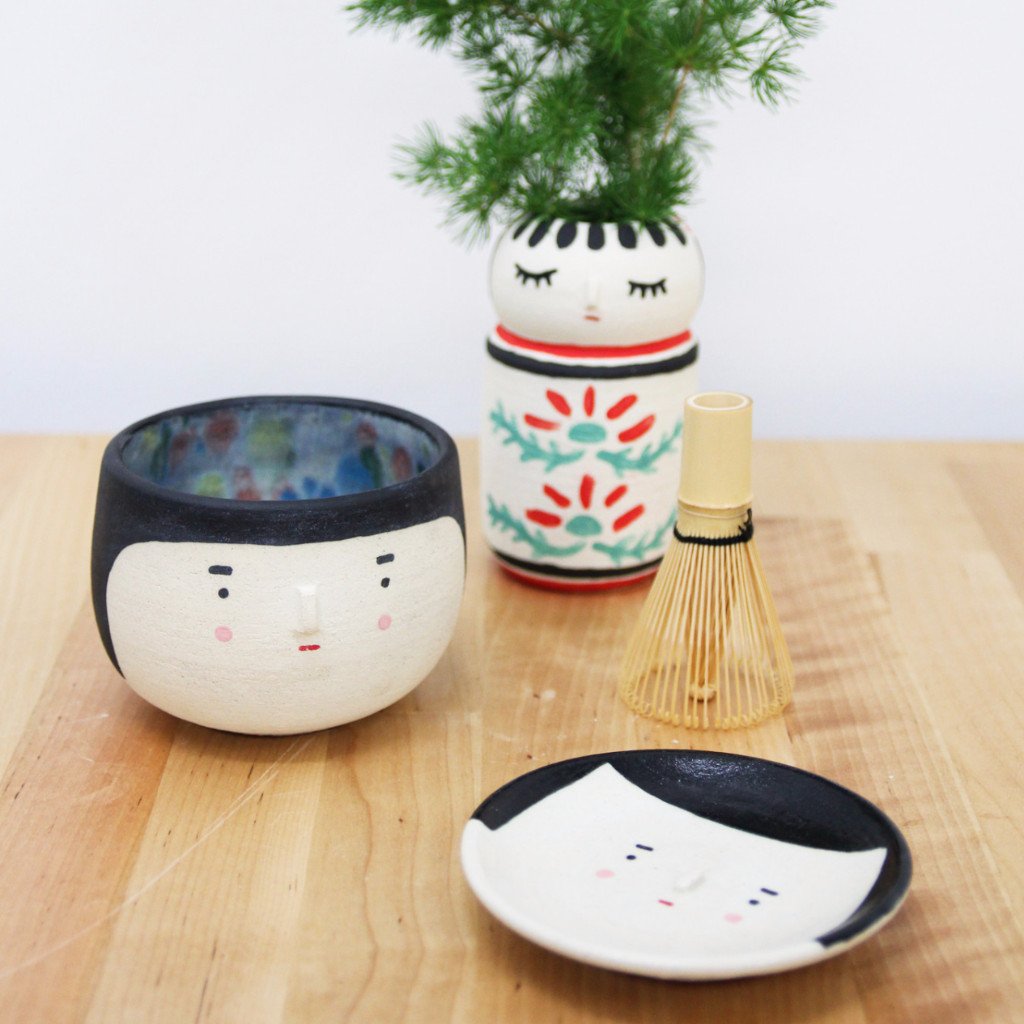
If you find anything inspiring — or have a ceramic studio yourself — please drop me a line. Always on email (who isn’t?) john@mirrorcoop.com.
